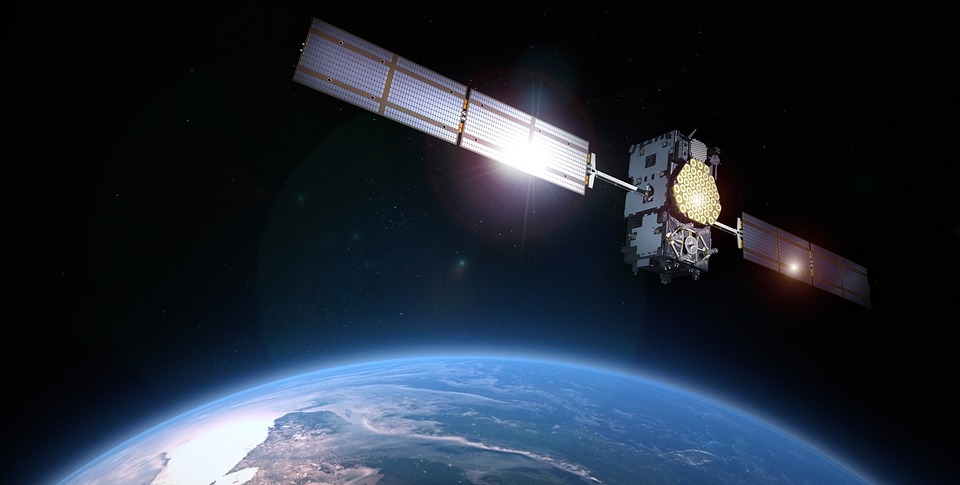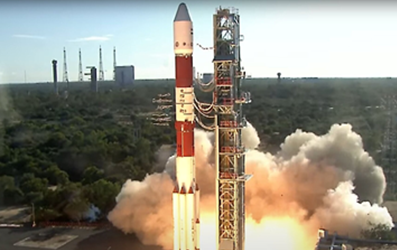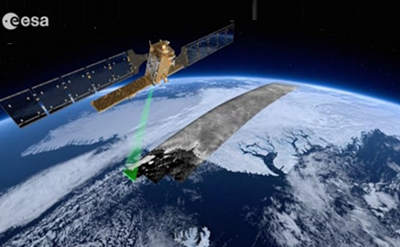Ask someone the first thing that enters their mind when they think of ‘satellite navigation’. They will probably say something like GPS (or if they’re Dutch: TomTom). Satellite navigation technology is often thought of to be something that ‘gets you from A to B’. They’re not wrong though. But how about issues that matter? How about we look at satellite navigation not as a technology to getting an individual to a place where it needs to be, but as a technology that gets society to move forward?
That’s exactly what the Galileo Masters competition is aiming for. This international competition is looking for innovative businesses that can create solutions with sat nav technology from the Galileo global satellite network. Here are some of the topics in which satellite navigation can contribute.
1. Internet of Things & 5G
Three exciting things are happening right now. One: the rise of 5G. Two: the growth of the Internet of Things. Three: the Galileo satellite network will reach global coverage in 2020 (that’s next year already, folks)!
Soon there will be more connected devices then there are people on the planet. And as it turns out, real-time geolocation and timing information are crucial for IoT applications to connect physical objects to the network. With the Galileo Commercial Service (CS), IoT users will benefit from a high-accuracy service, allowing for increased robustness of professional applications. Within information technology, telecommunications, automotive and microelectronics, an innovation boom in applications and new products using satellite navigation in IoT will be key to future development.
2. Signals from space
The so called Space-based position, navigation and timing (PNT) signals have become critical to everyday life in modern digital societies. Almost every economic sector relies on them. Galileo’s Public Regulated Service (PRS) is the first encrypted navigation signal also available to government authorised civil users, for example police forces, critical infrastructure and other entities in security. The PRS assures continuous availability even when access to other services may be denied. Because in times of crisis, you don’t want communication to fail.
And: timing is everything, literally. The world is depending on accurate time handling. In short, the PRS time signal is key for critical infrastructure such as power grids and telecommunication networks, as well as the functioning of the global financial system. So economy and security heavily relies from having a global network of satellites in space!
3. Combination with earth observation
We’ve been writing about earth observation and its appliances before, so it’s no surprise we will mention it here again. The synergy between Galileo geo-referenced data and for instance the Copernicus earth observation data opens up new horizons for commercial and societal benefits, as well as economic growth.
Earth observation (EO) data makes atmosphere, marine, land, climate change and emergency monitoring possible. Combined with geo-referenced data, information with high temporal and spatial resolution, high availability and quality can be produced. Monitoring and tracking assets, goods, transport, and energy on a global level will thus be even more accurate and informative. This reflects the demands of a digital industry and society worldwide.
4. Artificial intelligence
Satellite navigation is about automation and autonomy. To keep improving it, a boost artificial intelligence applications is necessary. AI can be used to improve reliability and resilience in navigation.
For instance, crowd intelligence is used more and more to detect and locate interference, jamming and spoofing etc. with sat nav. Or people are helping with environmental and propagation monitoring. But it’s an AI that must make sense of it all.
You now might have an idea what satellite navigation can do – and how you can use it to prepare us for the future. Galileo Masters offers you this challenge. You can apply until July 31!



